
Words by D. Hartley
MetalPegs BMX, East London.
My first BMX video was ‘Last Resort’ by Seventies. I got it as a present from my parents for Christmas, 1996. I’d spent a few weeks looking in Ride UK to choose the video I wanted: either ‘Last Resort’ or ‘Velvet Taxi’ by Jinx. I guess ‘Last Resort’ seemed more relevant to me as, based in the UK, I was already buying products from Backyard and had heard of more of the riders. Upon being presented with the video, I watched it during the afternoon of Christmas day, and over the coming days and weeks, repeatedly. I can still remember most of the sections and music from the video: Shaun Butler and Dave Osato riding to the B52s at the Backyard Jam, The Chasm, Jerry Galley killing the ocean blue metal halfpipes and hips at Leigh-on-Sea skatepark. Dennis Wingham jumping doubles with no seat. Kris Bennett. And Ian Morris’ feeble to barspin which was used as the screengrab in Ride UK.
My other early videos of BMX were Dave Mirra going for the world record air at King of Concrete 1993, Southsea on Childrens’ BBC ‘Record Breakers’ (Chris Akabusi enthused as ever). I’d recorded it off live television using my parents VHS player. Videos were harder to come by back then, usually required payment, and were less omnipresent. Props BMX Video Magazine was probably the equivalent of the internet in terms of exposure to riding from elsewhere, but I didn’t really get to see it very much. Road Fools picked up on the energy and mobility that the internet first brought to BMX. Fast forward to today and, like probably everybody else, I watch most videos online, usually as soon as they come out, for free, on my laptop or phone. I can watch videos wherever I am pretty much, whenever I want.
“Working chronologically through the videos, the timeline traces an evolution of BMX videography.”
Sometimes I have a look at bmxdb.com to catch up with older videos I’d forgotten. Working chronologically through the videos on the site, the timeline traces an evolution of BMX videography. I’m surprised when I watch old videos from companies like S&M and see the time that was taken just to present the videos’ titles… flicking through A4 pieces of paper, weird in-jokes that are difficult to decipher. There isn’t always such a rush to focus upon the riding and ‘groundbreaking’ manoeuvres in these older videos. Instead, often lots of talking about riding, insight into individual riders and scenes, a lot of emphasis upon style and creativity, often presented through a more do-it-yourself approach. The term ‘freestyle’ was perhaps more meaningful, and scenes and individuals seem to have worked to express the freedom they experience from riding through the styles of life they could create. Re-watching ‘Velvet Taxi’, I feel some of these memories rushing back.




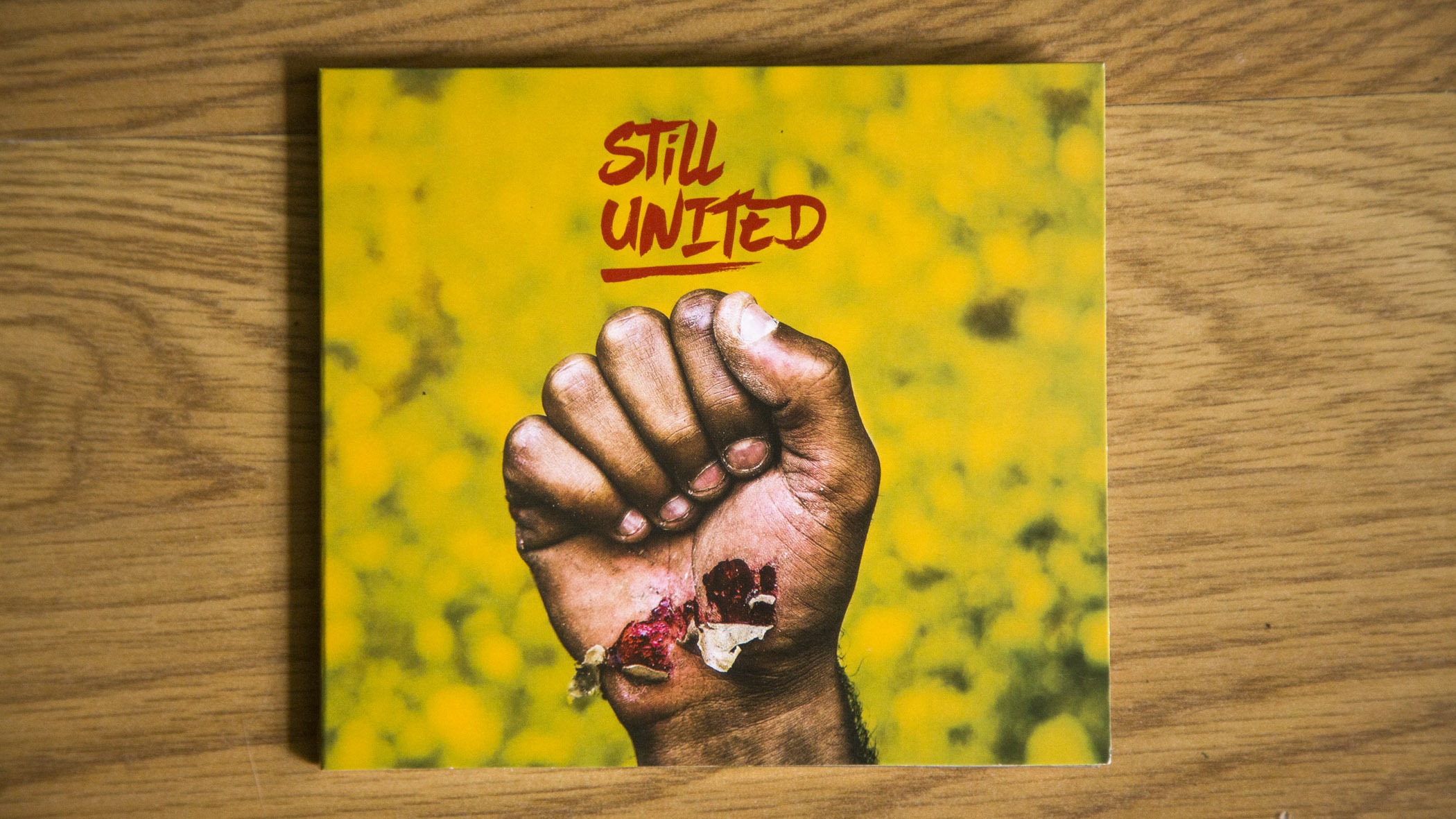

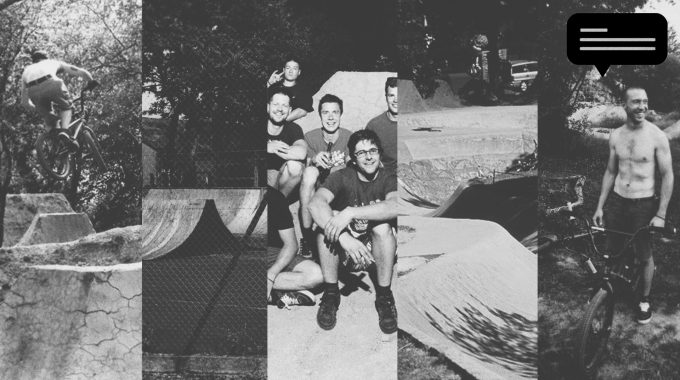
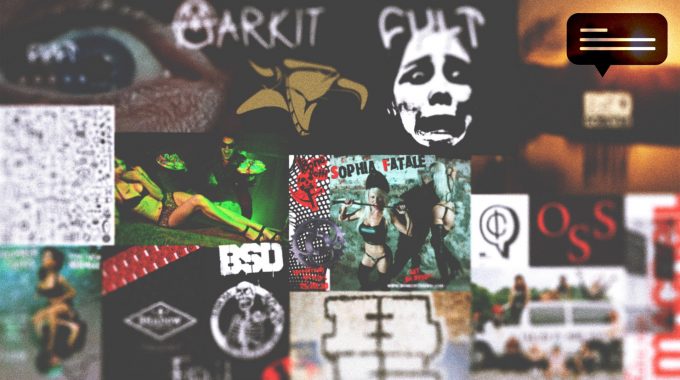
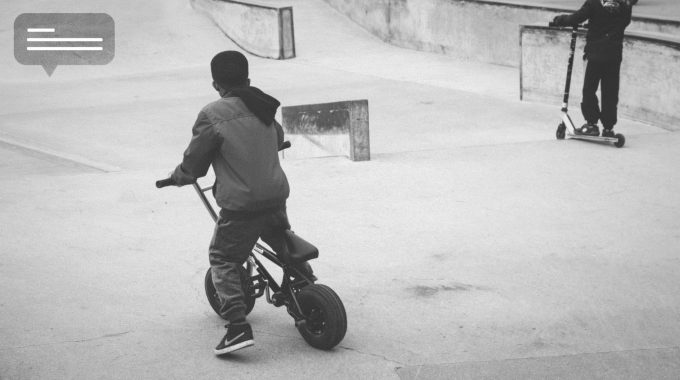

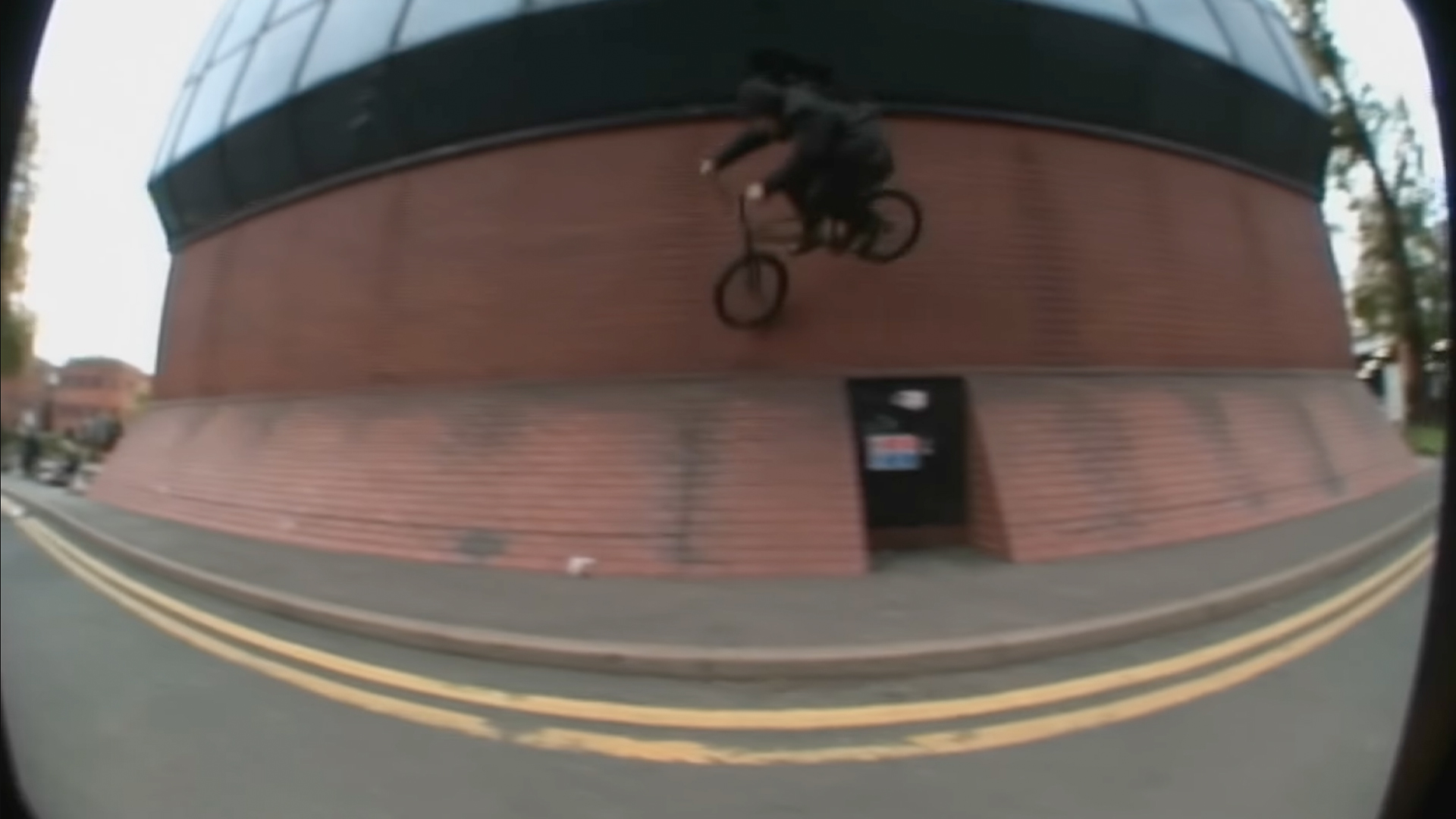
Share